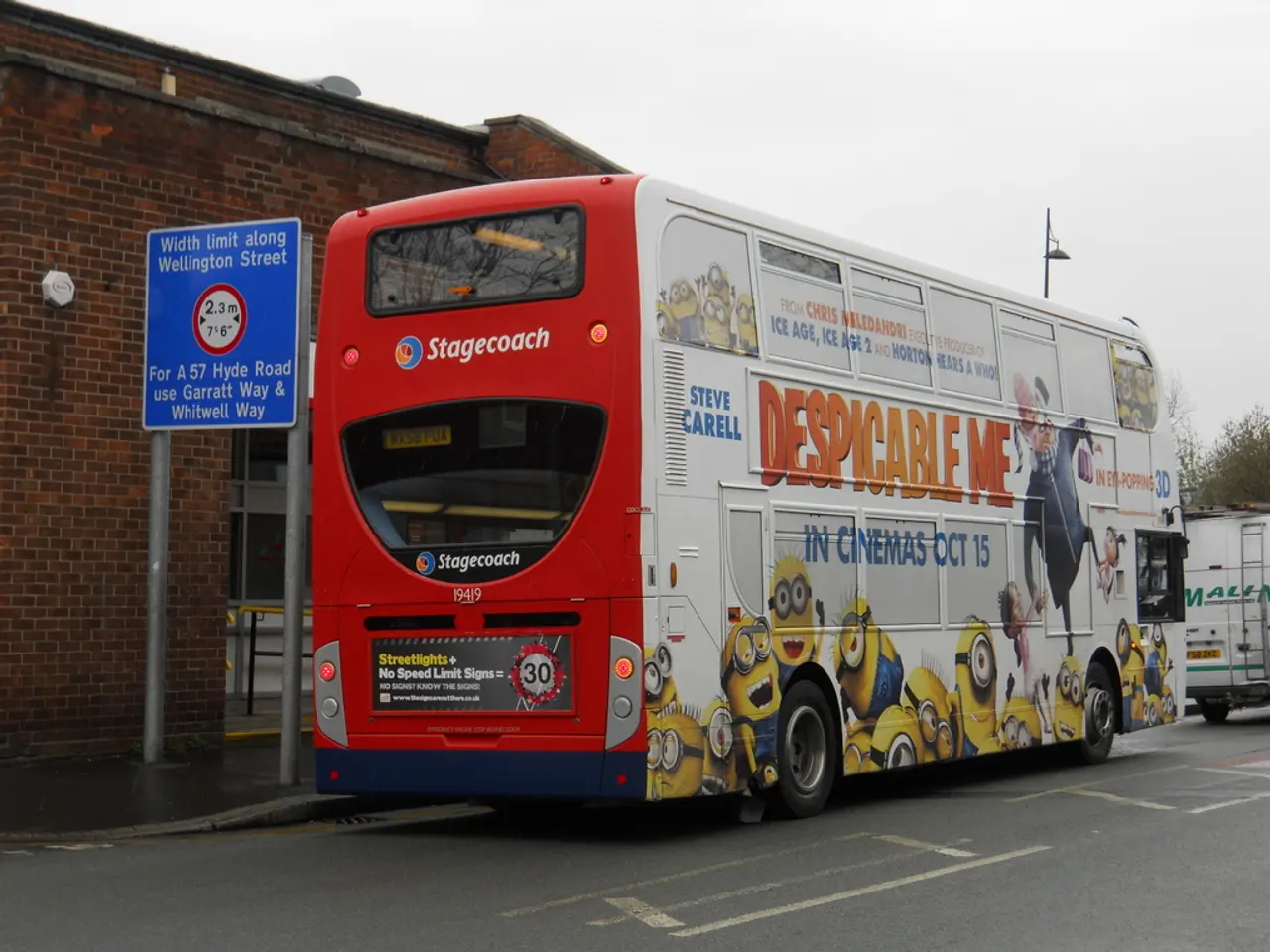The Essay: Transit Safety's Path Forward Lies in Predictive, Rather Than Reactive Approaches
In a significant stride towards enhancing safety and efficiency, agencies, operators, and technology providers are joining forces to collaborate, share data, and align on standards. This collective effort is geared towards creating a long-term vision for a safer and smarter transportation network.
One of the key players in this partnership is Almaviva, a European provider of intelligent mobility platforms, which recently expanded its presence in North America. In a recent move, Almaviva acquired Iteris, a significant step that underscores the growing importance of collaboration and integration in the industry.
The focus on predictive safety is not limited to the theoretical; it's already being implemented in high-density environments such as airports and major train stations in Europe. Rome, for instance, has fully embraced predictive safety technologies across its mobility network.
The heart of predictive safety lies in the use of real-time data, artificial intelligence, and automation. These technologies enable systems to detect anomalies, anticipate disruptions, and support decision-making processes automatically. This proactive approach aims to prevent problems before they affect passengers, making travel safer and more reliable.
Sensors are being used extensively to track crowd density, preventing dangerous overcrowding or guiding smooth evacuations. Similarly, worksites are being monitored in real-time to reduce accidents before they happen. The new era of safety involves integrated platforms that act on data, safeguarding both the physical and digital while boosting efficiency. This shift moves beyond old-school control rooms and static dashboards.
Autonomous buses, electric fleets, and 5G-enabled networks require safety to evolve in lockstep. Predictive safety technologies are essential in ensuring the smooth operation of these advanced systems. When a city moves safely, it carries confidence, resilience, and vitality.
Predictive safety also offers priceless benefits to passengers. It instills trust, provides peace of mind, and saves valuable time. For instance, cameras are being developed that don't just record, but understand, and can flag suspicious behavior or abandoned bags in seconds. Systems are also being implemented to secure critical control rooms with the same level of security as a digital vault.
However, it's important to note that all monitoring activities are designed and implemented in full compliance with privacy regulations. The goal is to ensure a balance between safety and privacy, a crucial aspect in building trust in these new systems.
While billions in federal funding are being poured into modernizing U.S. transit, there is an opportunity to bake predictive safety into the DNA of American infrastructure. As of now, specific information about U.S. transportation authorities or companies using predictive safety technologies and their locations is not readily available.
In conclusion, predictive safety represents a cultural shift, not just a new technology. It's about creating a safer, smarter, and more efficient transportation network for all. As we move forward, it's clear that safety will continue to be the backbone of trust in any system.








